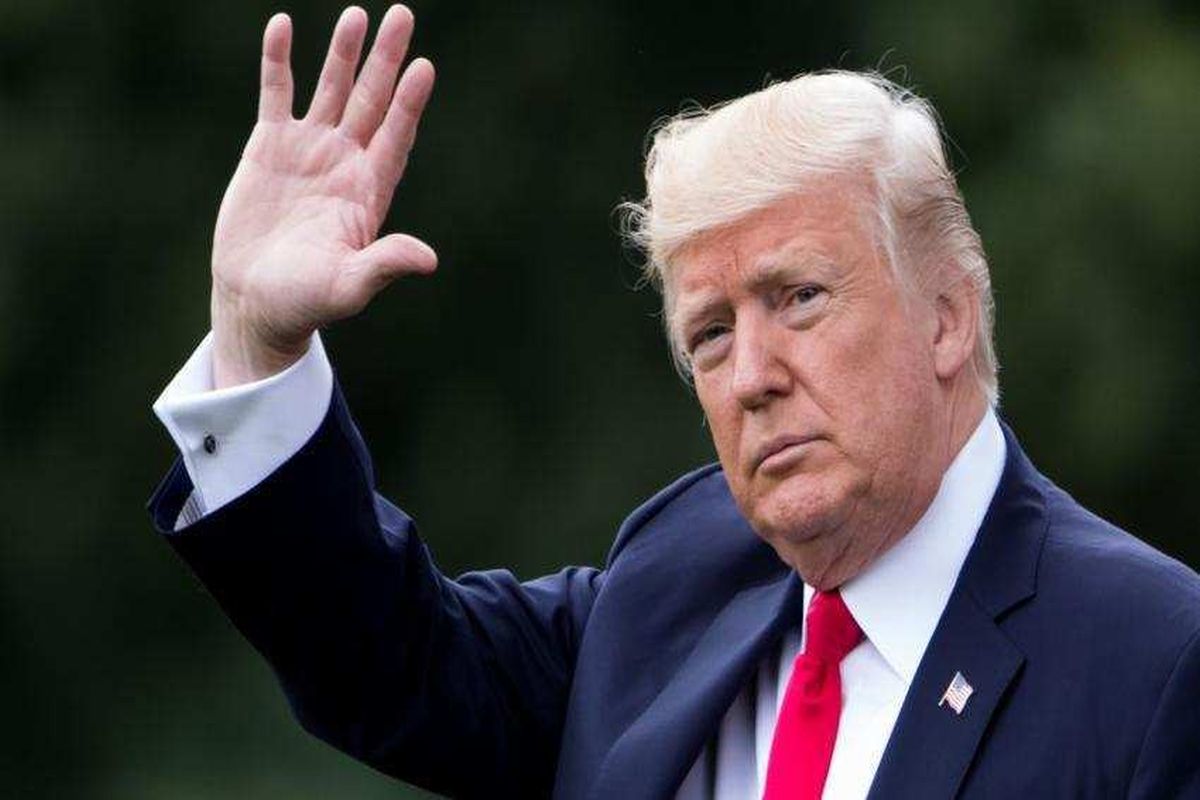Apart from the scientific implications of the initiative, Europe never quite expected the measure of defiance that was betrayed by Iran on Sunday. Its decision to take the limit of lowenriched uranium over the agreed threshold, i.e. above the cap envisaged in 2015 in the nuclear deal with the West ~ bar the United States ~ places the signal agreement in jeopardy.
If Donald Trump had ascribed his objection to the deal to the fact that it was the brainchild of Barack Obama, Iran has now ruffled the feathers of the West, which had thus far certified that the government of President Hassan Rouhani had abided by the terms of the agreement. Sunday’s development dispels that impression. It is now pretty obvious that the overarching influence of the Supreme Leader, Ayatollah Khamenei, must have been brought to bear before Tehran unveiled its latest plan of action in response to the crippling sanctions. Indeed, this is the second Iranian breach of the agreement in a matter of weeks, although Iran took only a relatively modest step by increasing enrichment from the agreed 3.7 per cent level ~ enough to generate civil nuclear power ~ to 5 per cent, still well below the 20 per cent threshold that is seen as putting Iran on course to developing a nuclear bomb. No less a matter of concern is that Tehran, in a new development, has let it be known that it would keep reducing its commitments under the deal every 60 days unless European signatories to the pact protected it from US sanctions imposed by Mr Trump. The outlook, therefore, is grim even with or without a confrontation not the least because Iran is gearing up for further bouts of defiance. “We are fully prepared to enrich uranium at any level and with any amount. In a few hours, the technical process will come to an end and the enrichment beyond 3.67 per cent will begin,” is the warning of Iran’s Atomic Energy Organisation, in the context of the limit set in the 2015 agreement. It has thus emitted a stern signal to the world, saying that “Iran didn’t ask for this crisis, but it won’t stand for Trump’s bullying”.
Advertisement
On closer reflection, both nations are responsible for “this crisis” ~ the most insidious in the region after the Anglo-US invasion of Iraq in March 2003. But whereas the WMDs did not exist in Iraq, evidence in Iran on matters nuclear is rather more substantive, perhaps even compelling. Tehran has long signalled that it had lost patience with Europe’s failure to find an effective way to compensate Iran for the impact of US sanctions as well as Washington’s attempt to block all Iranian oil exports. The European Union was expecting the breach of the enrichment limits, but did not know its scale until Sunday. Further, it had no knowledge of Iran’s plan to ratchet up the breaches further every two months. The crisis deepens.











